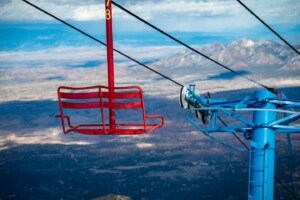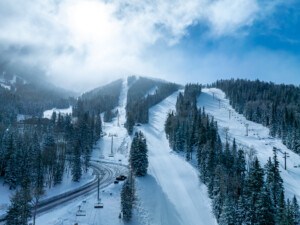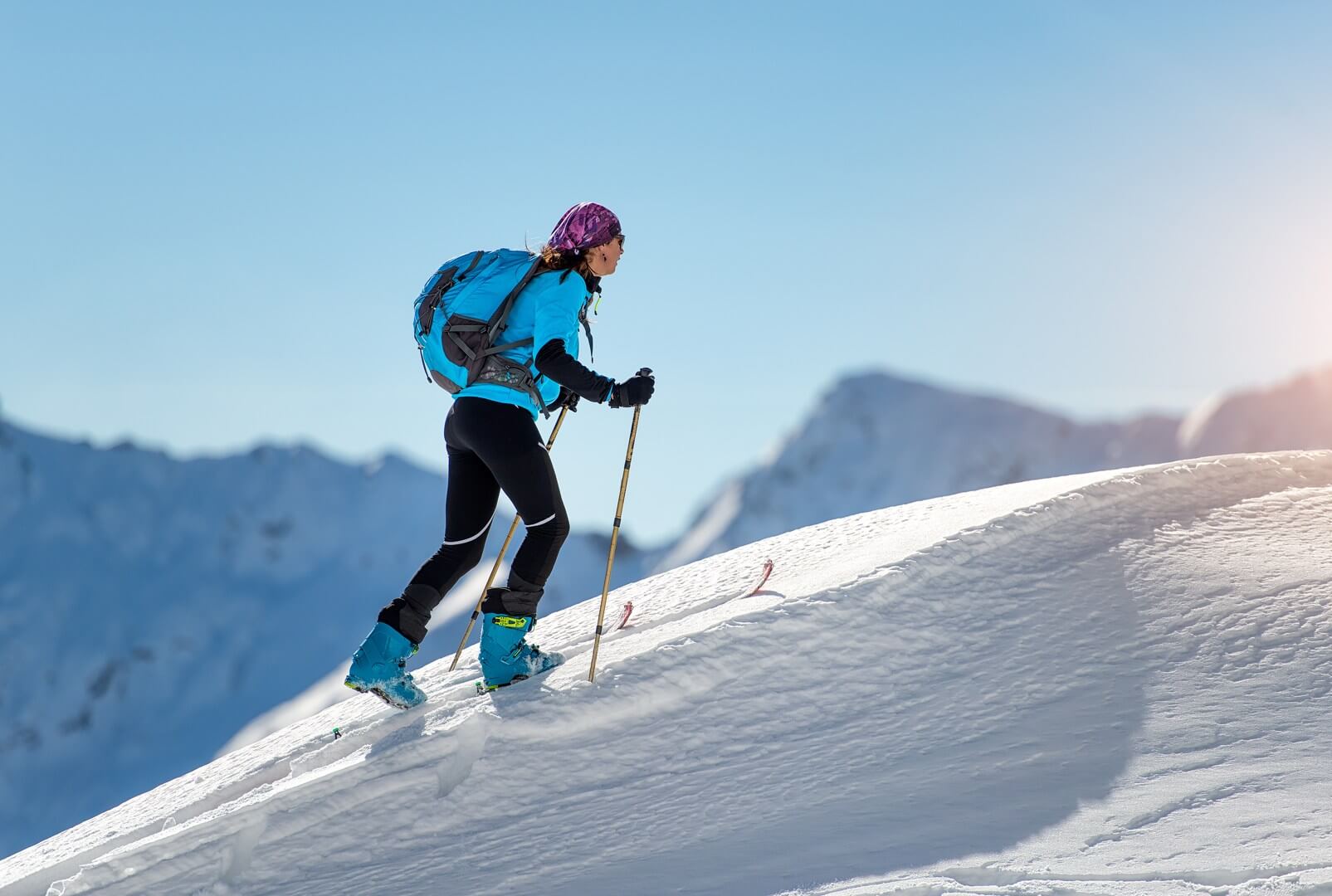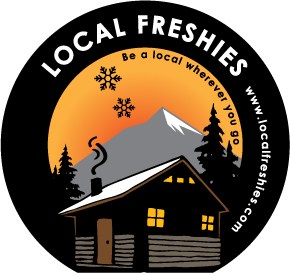When it comes to skiing and snowboarding, snow supply rarely lines up with demand. In spring, when the snowpack is at its deepest, most folks have already moved on to mountain biking or golf. And in the early season—when stoke is sky-high—snow is usually scarce and often too warm for snowmaking to work well. Now, a few ski areas are trying to flip that script. By blending ancient techniques with modern tech, they’re aiming to give the early season a boost—potentially opening sooner or at least offering better conditions out of the gate. It’s snow farming on steroids with the help of a product called Snow Secure.
Late Season Extensions

Sure, there are those snow-blessed ski spots that naturally stay open into May or even June. But lately, more resorts across the country are starting to push the limits of what’s possible.
We’re talkin’ Hyland Hills and Tyrol Basin in the Midwest throwing down summer snow fests. Copper Mountain hosting summer camps in Colorado. And even Jay Peak on the East Coast getting after it with their Summer Solstice party.
But here’s a wild thought. What if, instead of just celebrating snow in summer, you could save it… and use it to kickstart next season?
All About Ice Boxes
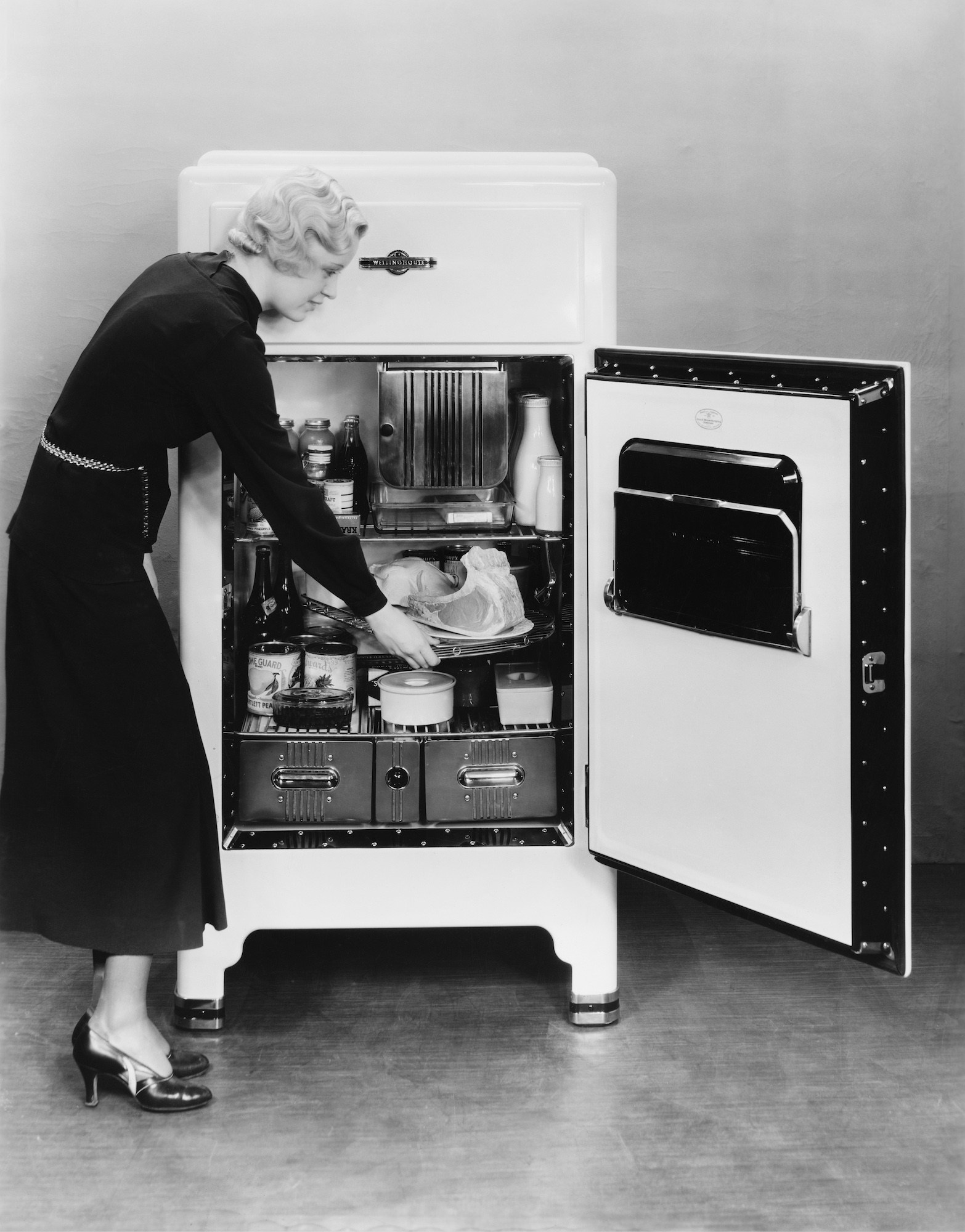
Enter the old-school concept of ice harvesting—just reimagined for skiing. Long before electric refrigeration, places with cold winters like Truckee in the Sierra or up in Minnesota used to cut blocks of ice from frozen lakes, rivers, and streams. That ice was then stored in insulated buildings called ice houses, packed with whatever was handy—usually sawdust or straw.
Come summer, the ice was hauled into cities and used to keep food fresh in what folks called an “ice box.” Simple, effective, and way ahead of its time.
Applying Ice Harvesting to Skiing
In Europe, skiing—especially ski racing—is a huge deal. And when it comes to gaining a competitive edge, getting on snow earlier can make all the difference.
That’s why two ski areas in Finland, Ruka and Levi, have taken the concept of “ice harvesting” and run with it. By storing snow through the summer, they’ve figured out how to guarantee an opening by the first week of October—year after year.
Not Just A Patch
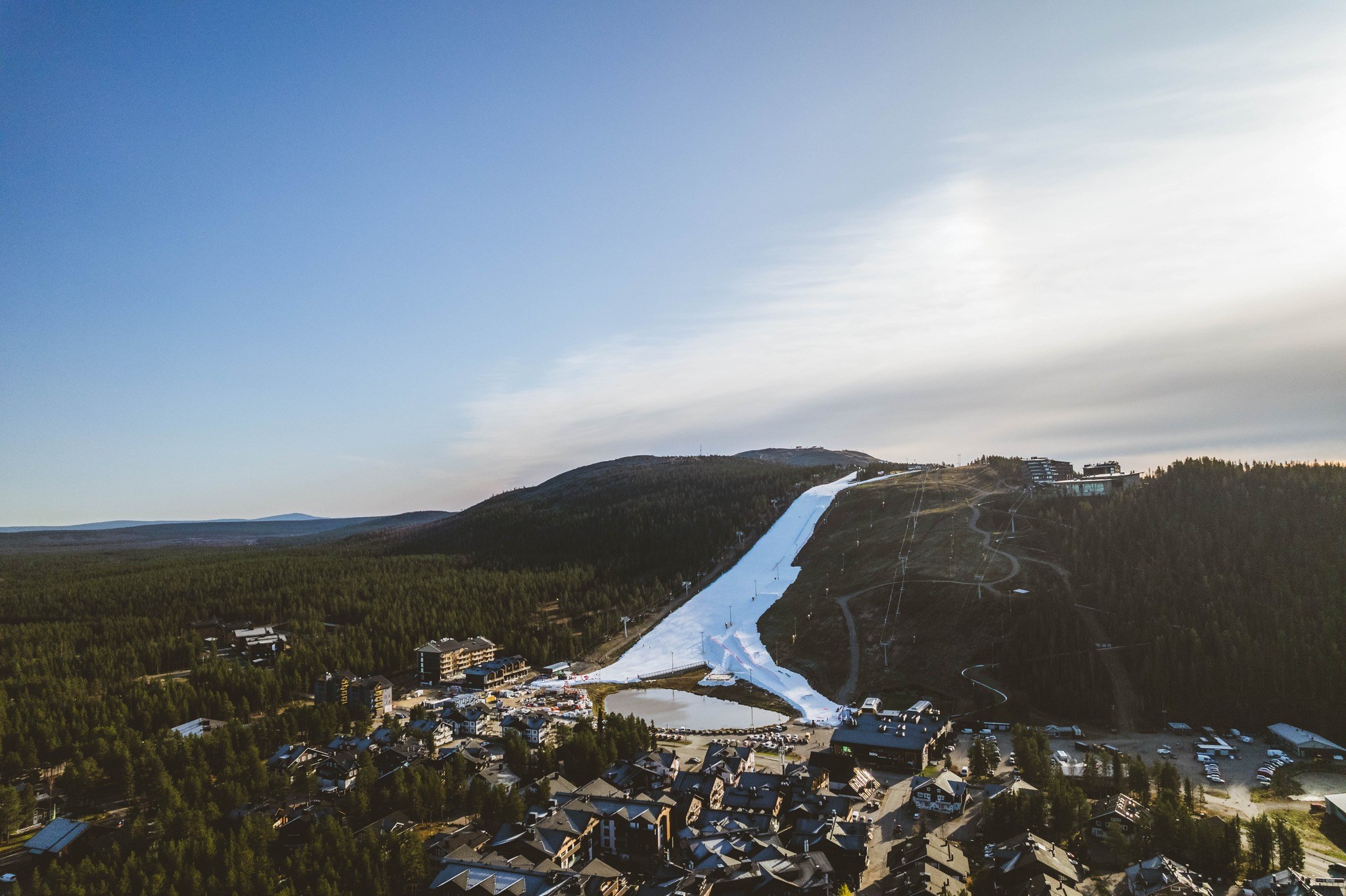
You’d think a blazing hot summer would melt away any chance of saving snow, right? Nope. Thanks to modern tech from Snow Secure combined with old-school ice harvesting methods, ski areas have proven they can preserve 72–85% of last season’s snow!
And we’re not talking about a tiny patch either. Ruka regularly opens its FIS-certified Ski Stadium trail—over 3 miles long—plus the Petäjälampi First Snow Trail (~1 mile) at Kuusamo Centre every October, all from saved snow.
Over in Levi, they spread out 1.4 million square feet of stored snow across their iconic Front Slope. That gives skiers access to 1.3 miles of runs and more than 1,000 vertical feet of early-season stoke.
Coming to North America
Not wanting to be left behind, Ski Apache in New Mexico, Sun Peaks in BC, Tyrol Basin in Wisconsin, and Bogus Basin in Idaho are all jumping on board with snow-saving tech for the upcoming 2025/26 season.

Sun Peaks is going big. They’re using 18 massive mats to cover a snow pile on the OSV trail—about 300 feet long, 100 feet wide, and 30 feet tall. This stash will help make them Canada’s top early-season training ground as part of the Nancy Greene International Race Centre.
Meanwhile, over at Bogus Basin, General Manager Brad Wilson explained their approach:
“The impact of climate change includes fewer opportunities to make snow and less water available when we need it. By storing last years snow on the mountain, we can get a jump start on opening, while effectively storing water (as snow). If this system works ‘as advertised,’ we plan on purchasing more Snow Secure systems.”
Long Term Money Saver AND Maker
Saving snow from the previous season isn’t just about opening earlier—it comes with some serious benefits.
Early-season snowmaking requires a ton of water, electricity, and energy. By reusing snow, resorts can cut down big time on all three. Sun Peaks, for example, estimates they’ll save at least 1.5 million gallons of snowmaking water thanks to their new setup.
Over at Bogus Basin, GM Brad Wilson shared that they began the summer with an estimated 11 acre-feet of snow—about 3.5 million gallons—and anticipate retaining 7.7 acre-feet (roughly 2.6 million gallons) by the time it’s needed.
An added bonus? The ground beneath the stored snow stays frozen, it could actually improve snowmaking efficiency when the time comes to fire up the guns.
Questions Remain
While snow-saving has proven successful in northern regions like Finland, it hasn’t yet been tested in places with humid climates like the Midwest or under the intense sun of the Southwest.
That’s why the entire ski industry is watching closely as these pioneers roll out the technology in new environments. If it works as hoped, this could be a game-changer—delivering more reliable early-season conditions for everyone.
Want to learn more?
Our friends over at MidwestSkiers.com put together an in-depth video that dives into the history, technology, and how it’s being used at Tyrol Basin. Check it out here






